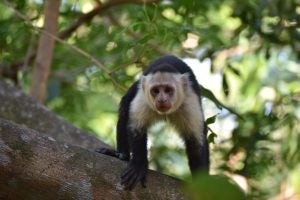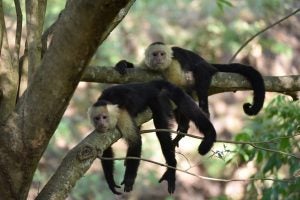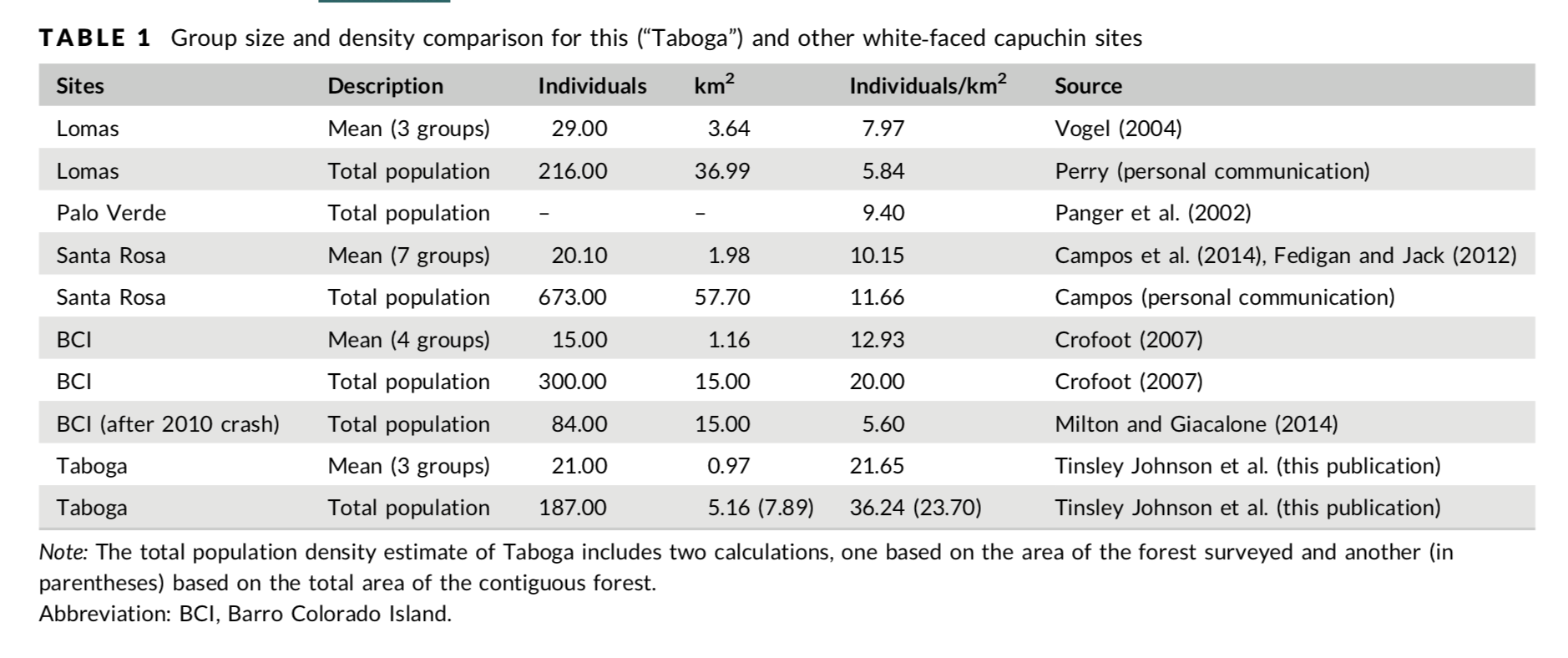
We are proud to introduce our “on-site laboratory”, the Taboga Field Laboratory, established outside the Taboga Forest Reserve in Costa Rica in our first collaboration across three long-term field sites on the behavior and biology of wild white-faced capuchins (Cebus imitator). Here we validate six steroid hormone assays for use on wild capuchin fecal samples (glucocorticoids, androgens, estrogens, and progestogens).
Beehner JC, Alfaro J, Allen C, Benítez ME, Bergman TJ, Buehler MS, Carrera SC, Chester EM, Deschner T, Fuentes A, Gault CM, Godoy I, Jack KM, Kim JD, Kolinski L, Kulick NK, Losch T, Ordoñez JC, Perry SE, Pinto F, Reilly OT, Tinsley Johnson E, Wasserman MD (2022) Using an on-site laboratory for fecal steroid analysis in wild white-faced capuchins. General and Comparative Endocrinology. 329:114109. DOI:10.1016/j.ygcen.2022.114109
https://doi.org/10.1016/j.ygcen.2022.114109
 Neopterin is an emerging tool in primatology to measure immune activation but almost all the work so far has been done in Afro-Asian primates and humans. So, we validated a commercially available enzyme-linked immunosorbent assay (ELISA) to measure urinary neopterin in captive tufted capuchins (Sapajus apella) and our Taboga white-faced capuchins (Cebus imitator). We found that neopterin increased after giving the captive capuchins a rabies vaccine booster, it varied across environmental conditions, and in general, it mirrored the expected trends in immune system ontogeny.
Neopterin is an emerging tool in primatology to measure immune activation but almost all the work so far has been done in Afro-Asian primates and humans. So, we validated a commercially available enzyme-linked immunosorbent assay (ELISA) to measure urinary neopterin in captive tufted capuchins (Sapajus apella) and our Taboga white-faced capuchins (Cebus imitator). We found that neopterin increased after giving the captive capuchins a rabies vaccine booster, it varied across environmental conditions, and in general, it mirrored the expected trends in immune system ontogeny.
Lucore JM, Marshall AJ, Brosnan SF, Benítez ME. (2022) Validating urinary neopterin as a biomarker of immune response in captive and wild capuchin monkeys. Frontiers in Veterinary Science. 9:918036. DOI: 10.3389/fvets.2022.918036.
https://doi.org/10.3389/fvets.2022.918036
We are big fans of field experiments. Field experiments are a powerful approach to getting at how animals acquire, process, and use information in natural settings. In this fun manuscript, we review three types of experiments used to study primate cognition in the wild (and we highlight some of our own work): (1) Presentation experiments that manipulate the availability of information, (2) presentation experiments that manipulate the coherence of information, and (3) interactive experiments that allow subjects to generate new information. These types of experiments really help us to understand the rich but varied cognitive world of primates.
Benítez ME, Painter MC, Guisneuf N, Bergman TJ. (2022) Answering big questions with small data: the use of field experiments in primate cognition. Current Opinions in Behavioral Sciences. 46:101141. DOI: 10.1016/j.cobeha.2022.101141.
https://doi.org/10.1016/j.cobeha.2022.101141
 Whoa, our capuchins live at really high densities! Capuchin densities in Taboga, a 516-ha tropical dry forest in Costa Rica, are 2–6 times higher than other surveyed sites. We think that forest fragments like Taboga may support high primate densities because they provide a mosaic of habitats and key resources like year-round access to water.
Whoa, our capuchins live at really high densities! Capuchin densities in Taboga, a 516-ha tropical dry forest in Costa Rica, are 2–6 times higher than other surveyed sites. We think that forest fragments like Taboga may support high primate densities because they provide a mosaic of habitats and key resources like year-round access to water.
Tinsley Johnson E, Benítez ME, Fuentes ,A, McLean CR, Norford AB, Ordoñez JC, Beehner JC, Bergman TJ (2020) High density of white-faced capuchins (Cebus capucinus) and habitat quality in the Taboga Forest of Costa Rica. American Journal of Primatology. 82.2:e23096. DOI:10.1002/ajp.23096.
https://onlinelibrary-wiley-com.proxy.lib.umich.edu/doi/epdf/10.1002/ajp.23096
